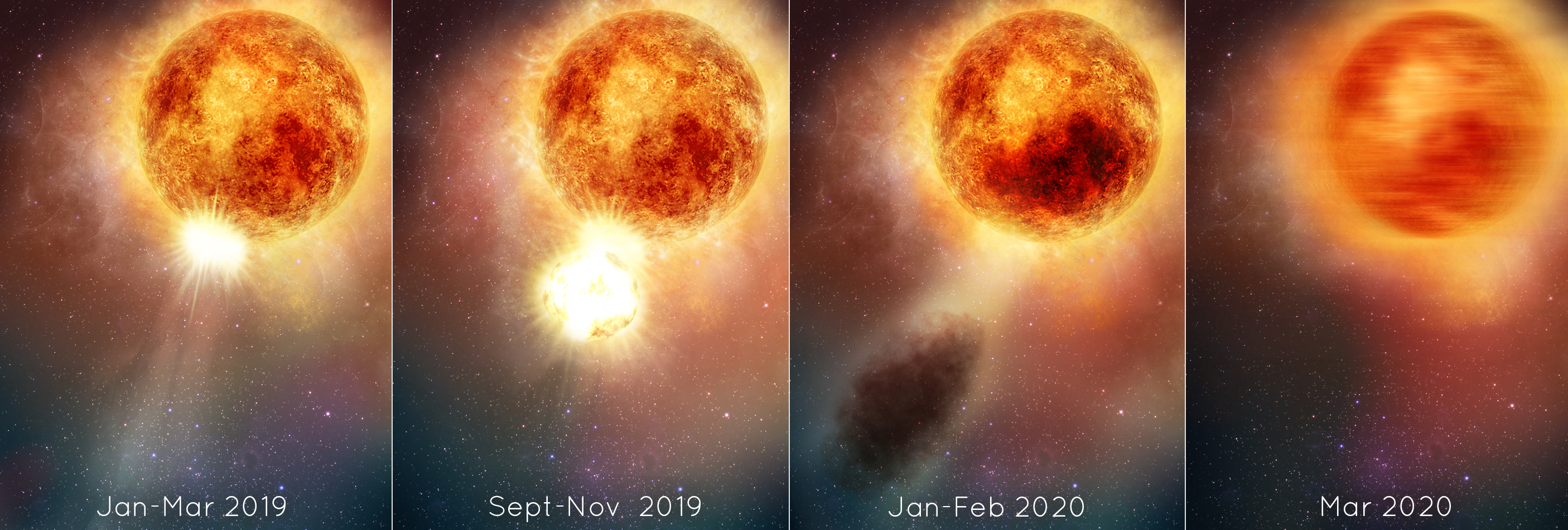Introduction
In a latest discovery, astronomers using NASA’s James Webb Space Telescope have detected complex organic molecules in a remote galaxy that lies over 12 billion light-years away.
This remarkable finding sheds light on the intricate chemistry occurring in the early universe and challenges previously held beliefs about the relationship between organic molecules and star formation.
The implications of these galactic “smoke signals,” as they are often referred to, offer valuable insights into the cosmic ecosystems of distant galaxies.
Exploring Organic Molecules in a Distant Galaxy
The international team of scientists involved in this study, led by Justin Spilker, an astronomer from Texas A&M University, unveiled the presence of complex organic molecules resembling those found on Earth in smoke, soot, and smog, notorious for their contribution to atmospheric pollution and cancer-causing hydrocarbon emissions. This discovery emphasizes the interconnectedness of cosmic and terrestrial chemistry.
Unveiling the Unexpected
Contrary to previous assumptions, Mr. Spilker highlights that the prevalence of these carbon-based molecules in space indicates that they are “pretty common.”
Astronomers initially believed that the presence of these molecules served as a reliable indicator of new star formation. However, the Webb’s data challenges this notion, revealing a more nuanced picture of the early universe.

Also Read: New 62 Saturn Moons found, Totalling 145 Moons.
Smoke without Fire
The new results got from the James Webb Space Telescope shows t that the presence of organic molecules does not necessarily coincide with active star formation in the early universe. The team’s findings have cast doubt on the long-held belief that “where there’s smoke, there’s fire” within galaxies. It seems that the relationship between organic molecules and star formation is more intricate than previously understood.
Unveiling the Power of Webb, Fate, and Gravitational Lensing
The discovery of these complex organic molecules was made possible through the synergistic combination of the James Webb Space Telescope’s advanced capabilities, the hand of fate, and the phenomenon of gravitational lensing.
Gravitational lensing occurs when the alignment of two galaxies creates a natural cosmic magnifying glass effect. This alignment allows light from background galaxies to be stretched and magnified into a distinctive ring-like shape by the foreground galaxy.
Unprecedented Insights into Galactic Chemistry
Justin Spilker emphasizes that the magnification achieved through the cosmic lensing effect enabled astronomers to uncover an unprecedented level of detail in the early universe.
The observations made by the Webb Telescope offer a unique opportunity to comprehend the rich tapestry of galactic components that constitute the building blocks of galaxies in their nascent stages.
Without the aid of this cosmic magnifying glass, such intricate details would remain hidden from our view.

Also Read: Amazing Discovery: Unique Filaments Discovered in the Heart of Milky Way Galaxy
Peering into the Past
The light emanating from these organic molecules embarked on its journey when the universe was less than 1.5 billion years old, representing merely 10 percent of its current age.
This temporal distance offers a captivating glimpse into the chemical processes occurring during the early stages of the universe’s evolution.
Webb’s ability to detect and analyze complex molecules in the distant past illustrates its profound impact on our understanding of cosmic history.
Webb Telescope’s Inaugural Complex Molecule Detection
This remarkable discovery marks the JWST’s first detection of complex molecules in the early universe.
It underscores the instrument’s unparalleled capacity to unravel the intricate chemistry that governs the birth of stars, even in the universe’s earliest epochs. The scientific community eagerly anticipates further revelations from this extraordinary observatory.
A Galactical Journey of Discovery
The far-off galaxy, where these intriguing molecules were identified, initially captured astronomers’ attention in 2013 when it was first discovered by the National Science







